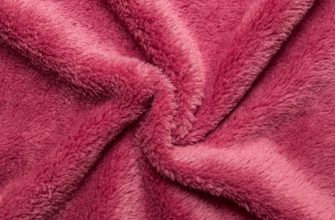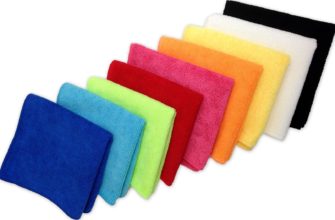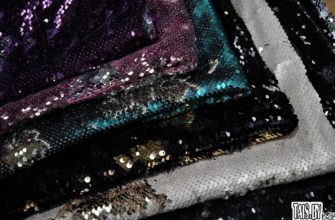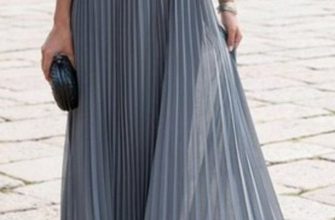Silica exists in 9 different crystalline forms or polymorphs at Fibrous forms are collectively known as chalcedony and include semi-precious stone versions such as agate, onyx and carnelian. Granular varieties include jasper and flint. There are also anhydrous forms - diatomite and opal. It is found in all three types of Earth's rocks - igneous, metamorphic and sedimentary.
It is especially common in sedimentary rocks, as it is extremely resistant to physical and chemical degradation by the weathering process. Because it is so abundant, quartz has been present in almost all mining activities. It is present in the host rock, in the ore being mined, and in the soil and surface materials above the bedrock, which are called overburden.
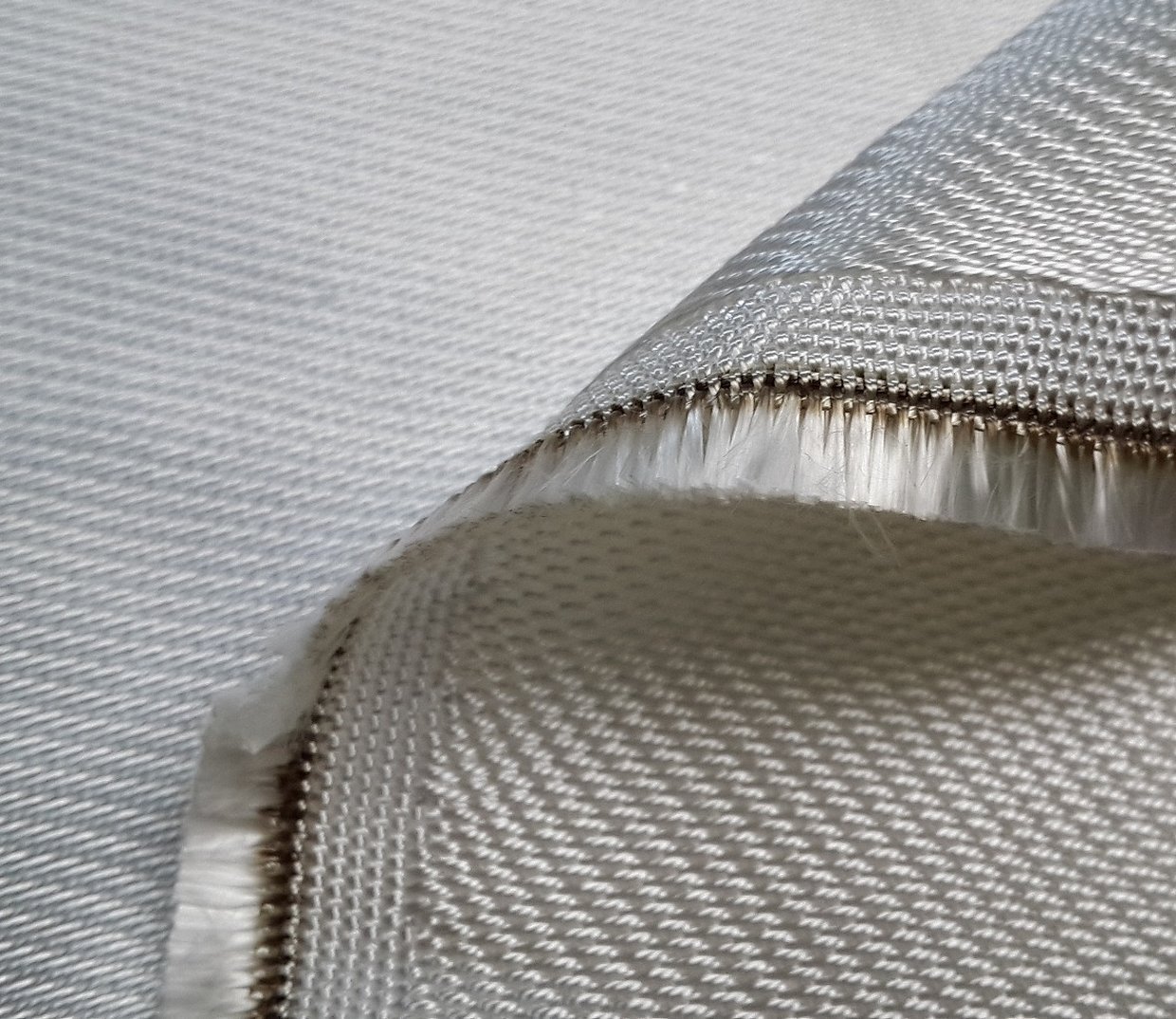
What is silica fabric
Containing silicon, the coating has unique physical and chemical properties. It is resistant to high temperatures - above 1000 C, does not react to acids and alkali, is a dielectric and at the same time - such fabric is not toxic.
High silica fabric is known as a special breed of glass fiber fabric, characterized by high temperature resistance.
Silica fabrics are widely used for industry and production that require high heat resistance. Silica fabric kt 11 has a good coating, therefore it is protected from abrasion and / or chemical resistance.
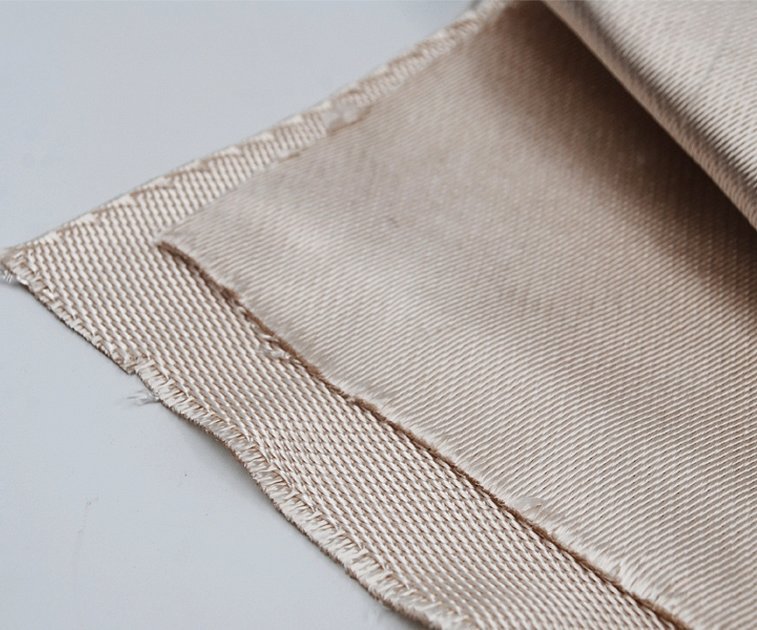
Silica cloth is made of inorganic glass cloth containing more than specific percentage - 96% SiO2 after calcification. The column treatments make its weight from glass cloth e - glass 850g / m2 to 600g / mm2. Except - 96% SiO2, which needs acid treatment. Calcination improves the property of glass cloth.
Silica fabric is known for its flexible, high strength, stabilized properties.
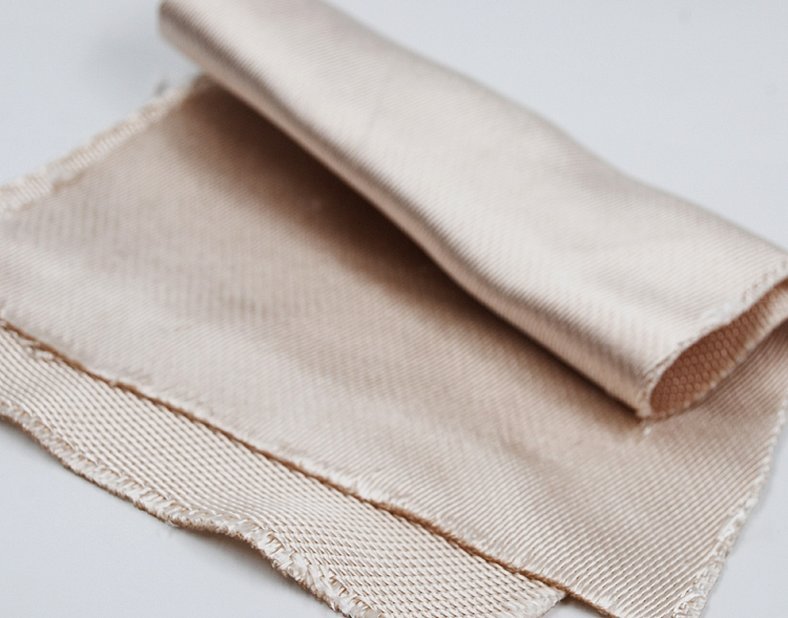
Please note! It is a material of physical/chemical properties. Because of these features, it is used for fire protection, when welded - as a blanket and sealing thermal insulation.
Silica Fabric Brands
The fabric is produced with the following markings:
| List of professions | Regulatory procedure for issuance |
| Builders | signal uniform; gloves; face and ear protection; vibration reduction equipment |
| Drivers | mittens; warm suit; special footwear |
| Loaders | overalls; gloves; jackets; trousers. |
| Sales staff | headscarves; gloves; robes |
| Agricultural staff | gloves; shoes; mittens. |
| Electrical workers | dielectric special gloves; special footwear; headgear; outerwear; thermal underwear for dielectrics. |
Technical characteristics of silica fabric
Silica fabrics have low thermal conductivity, high temperature shock tenacity, excellent electrical insulation properties at high temperatures. Silica fiber fabrics have several characteristics:

- ecological purity of the material - free organic component of the resin;
- high thermal stability, non-flammability, continuous use temperature -1000 °C;
- high chemical resistance to alkaline and acidic environments;
- fungus-proof and resistant to other attacking microorganisms.
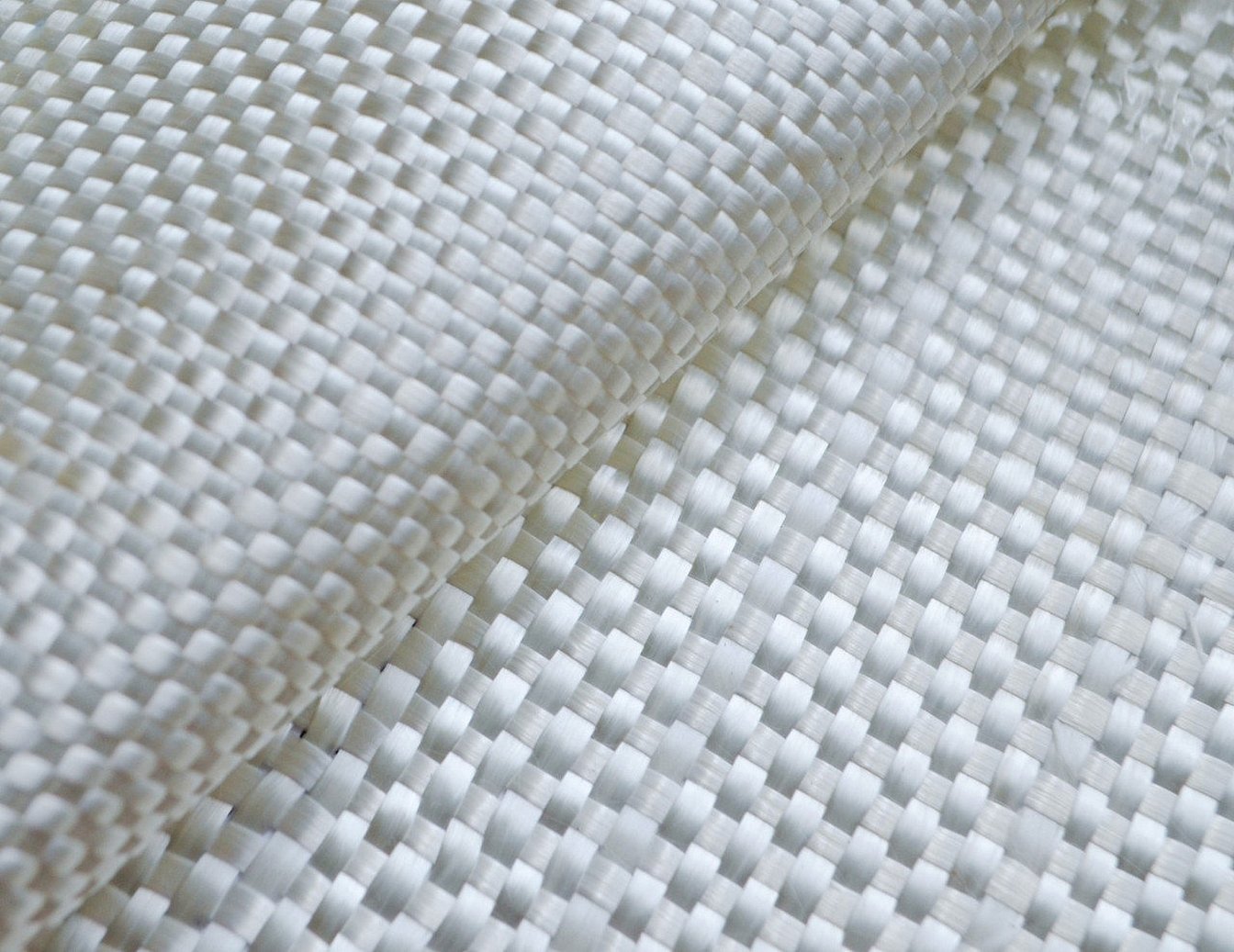
Application area:
- high-temperature thermal insulation of furnaces and pipes;
- filtration of liquid and liquid aggressive safety products;
- Anti-splash of molten metal.
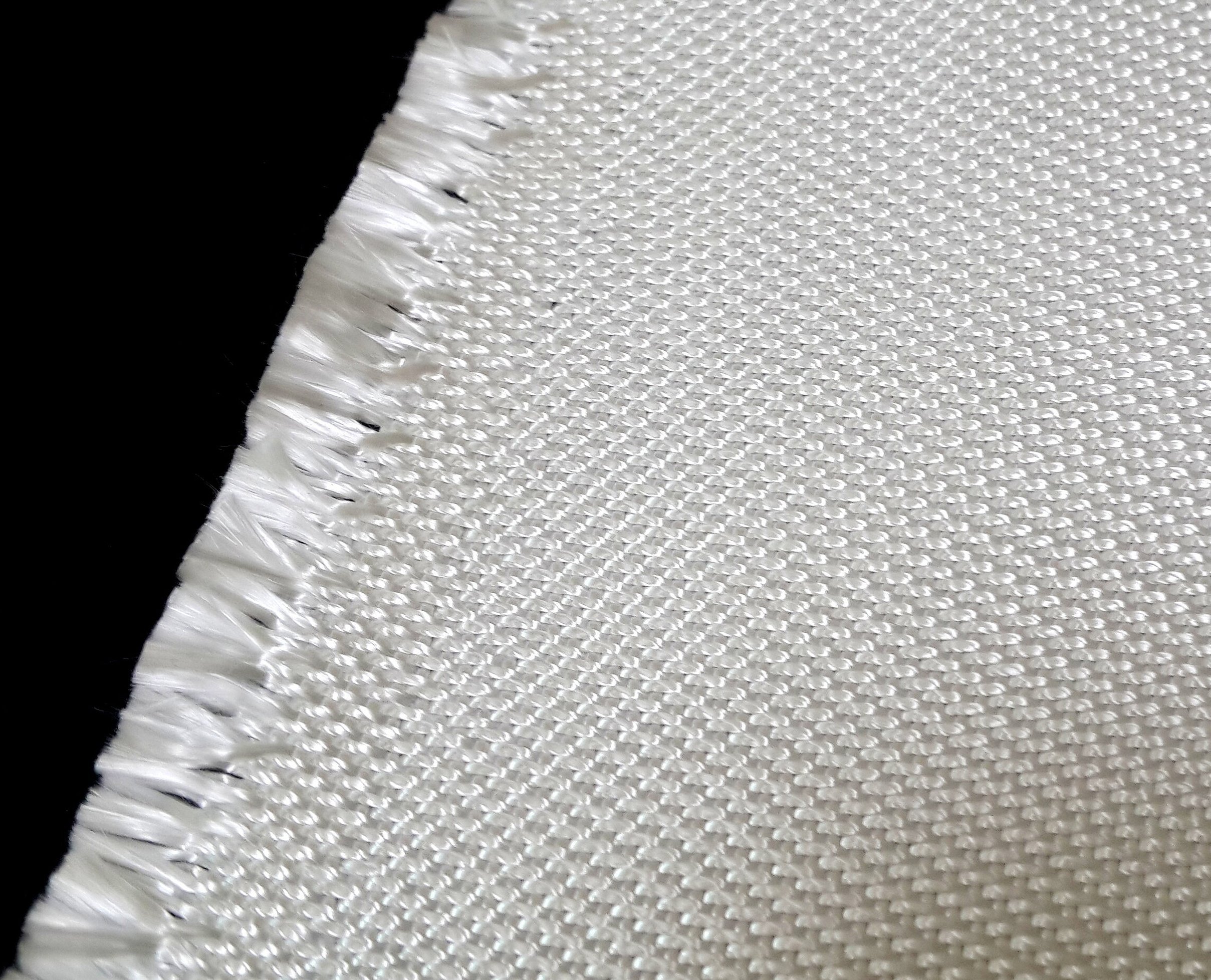
Application of silica glass fabrics
Fiberglass is a material widely used in many industries. It has gained popularity due to its properties, among which are high strength while maintaining low weight or fire resistance or chemicals.
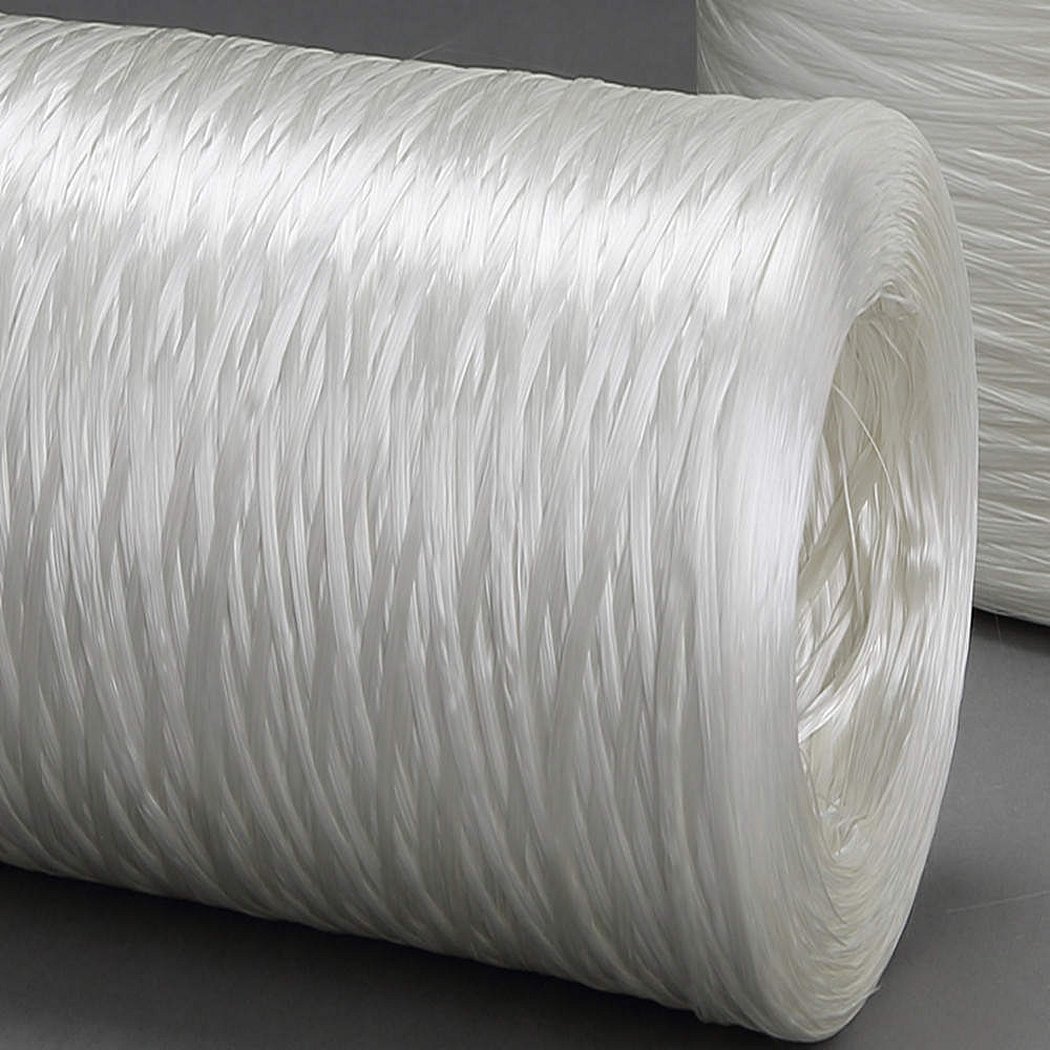
Physical and mechanical properties of silica fabrics
Type E fiber, made from glass, aluminum borosilicate is a fiber commonly used for reinforcing polymer composites. Due to its relatively low production cost and availability, type E fiber is the most common glass fiber.
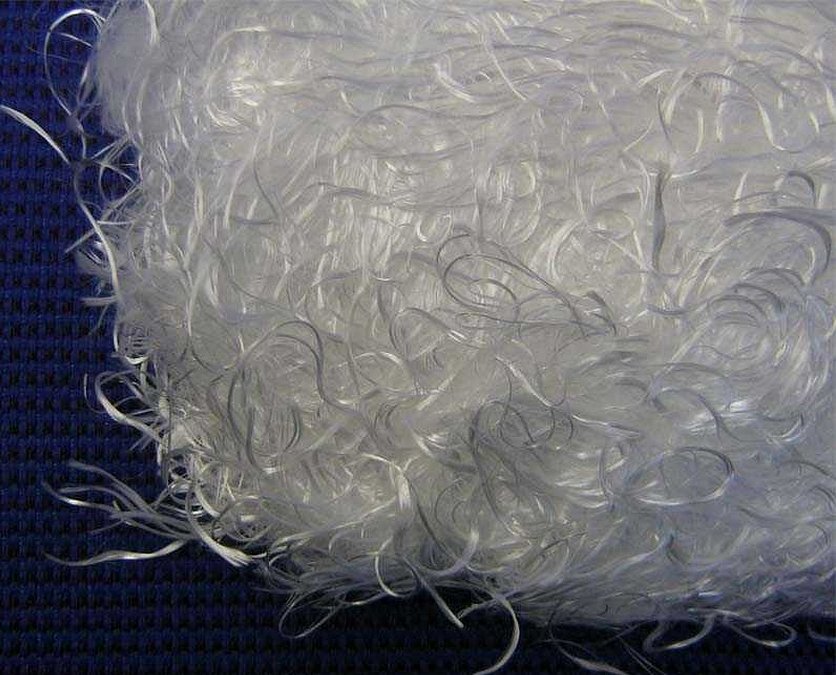
ECR type fibers are characterized by higher elasticity than E fibers, high corrosion resistance and chemical resistance, especially to acids, as well as high thermal resistance. ECR type fibers do not contain boron oxide and fluorine. In this regard, it is environmentally friendly at all stages of production.
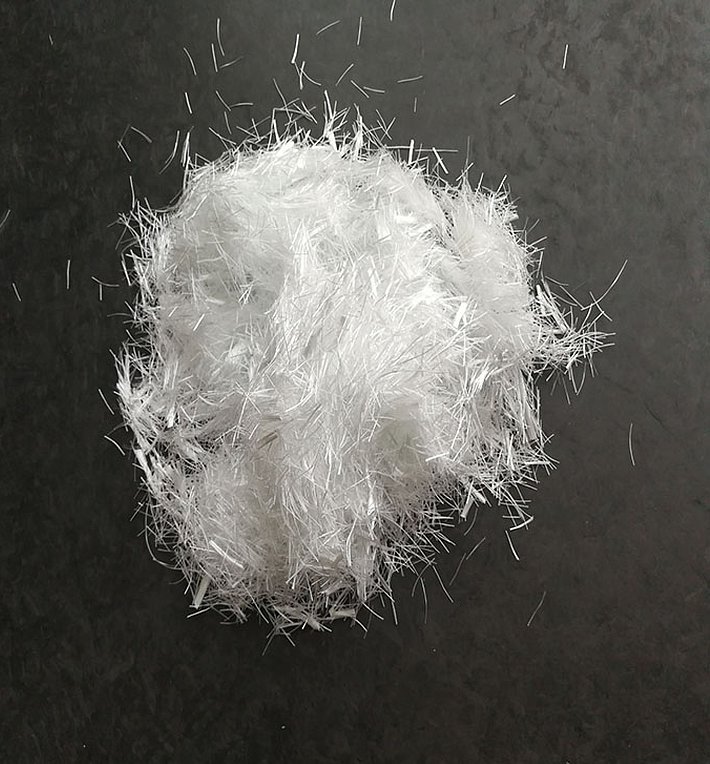
S-type fiber is a fiber with a lower density than E-type fiber. It is characterized by very good mechanical properties such as: elastic modulus, tensile strength and bending strength, as well as high resistance to environmental influences, water and acids. The type of preparation of S-type fiber allows it to be used with epoxy resins, polyester, and various materials.

To summarize, the material is used:
- Fire blankets, welding blankets, kitchen towels, thermal insulation sleeves, multilayer insulation materials with heat resistance up to 1200°C.
- It is possible to manufacture using fabrics of different surface density and sizes, at the customer’s request, as well as manufacturing using foil fabrics and needle felt.
- For the production of filter elements intended for fine filtration of grey cast iron, malleable cast iron, high-strength cast iron and non-ferrous metal melts during single-sand and chill casting.
- As a reinforcing material in various friction products with temperature resistance up to 1200 °C.
- For the production of high-temperature silica felt insulation needs 1200 °C, in the exhaust gas system, as reinforcing material in various products by friction.
- As a means of high-temperature thermal insulation at temperatures up to 1200 ° C, thermal protection for various industries, for refractory base, gaskets and covers, protection from flame, splashes of molten metal, excess heat, as a filler for composite materials, for the production of thermal insulation mats with basalt, fiberglass and other fillers.
What is mullite-siliceous felt
Among the varieties of silica fabric, one can find mullite-siliceous felt.
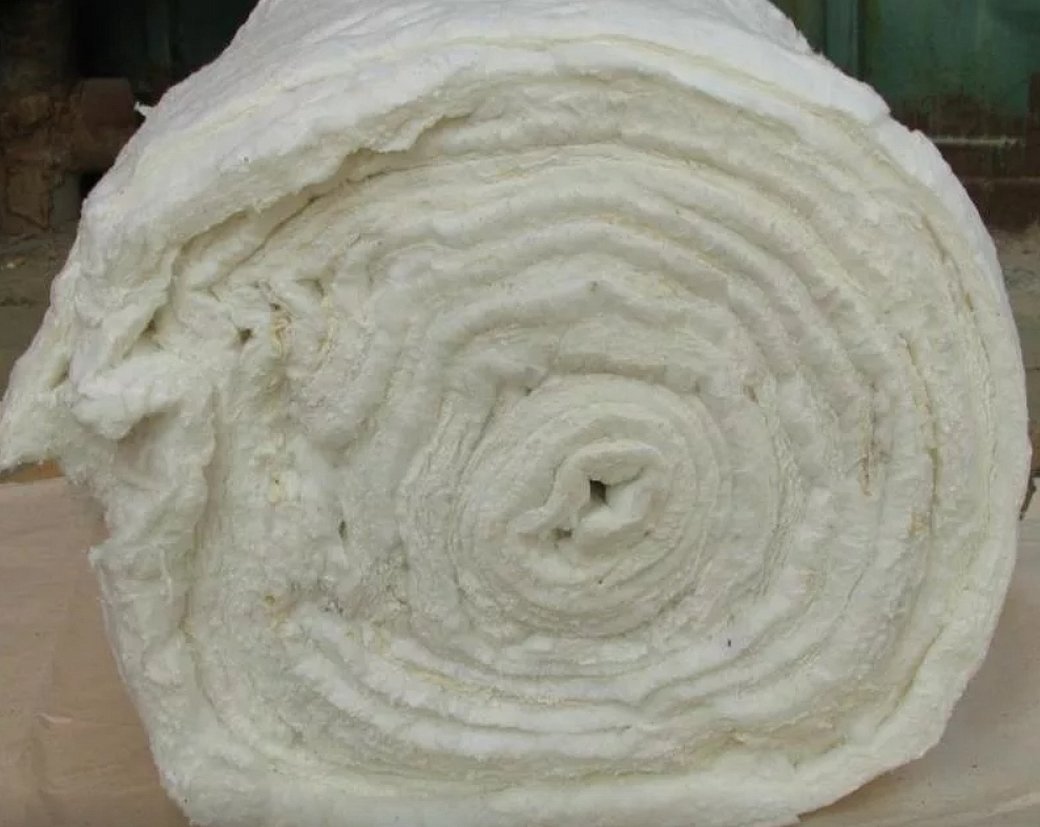
The material is an excellent high temperature insulator and can be used for a long time without changing properties at temperatures higher than 1000 C and for a short period of time at higher temperatures.
These materials are used as a replacement for asbestos in various industries: oil refining, aerospace, metallurgy and shipbuilding, nuclear power.
Manufacturing
The forerunner of glass fiber production was the Egyptians around 1500 BC, but industrial production began in the early 20th century. Glass fibers are produced in a rapid manner by cooling molten glass from holes, the so-called filier. Today, two main production methods are known.

Characteristics of fireproof felt MKRV-200
The most important property of felt MKRV 200 is fire resistance, i.e. the ability to withstand, without load, the effects of high temperatures (above 1580 ° C) without melting, determined by comparing the behavior of the sample and the standard sample when heated to a certain speed limit.
The material is porous
Use of mullite-siliceous felt MKRV-200
Mullite-siliceous felt MKRV 200 has the following qualities:
- Insulating film for pipes;
- Hoses and electrical cables;
- Insulated high temperature cooking protection;
- Thermal and/or welding manufacturing of cutting edge protection blanket to eliminate wear.
Silica fabric is used to produce insulation and heat-insulating products for various industries. For glass matting, it is used, in particular, in construction and transport, the ceramic industry, military and shipbuilding. Glass fiber fabrics are also used to make electrical insulation products, as well as carriers for polyester resins, and others.

